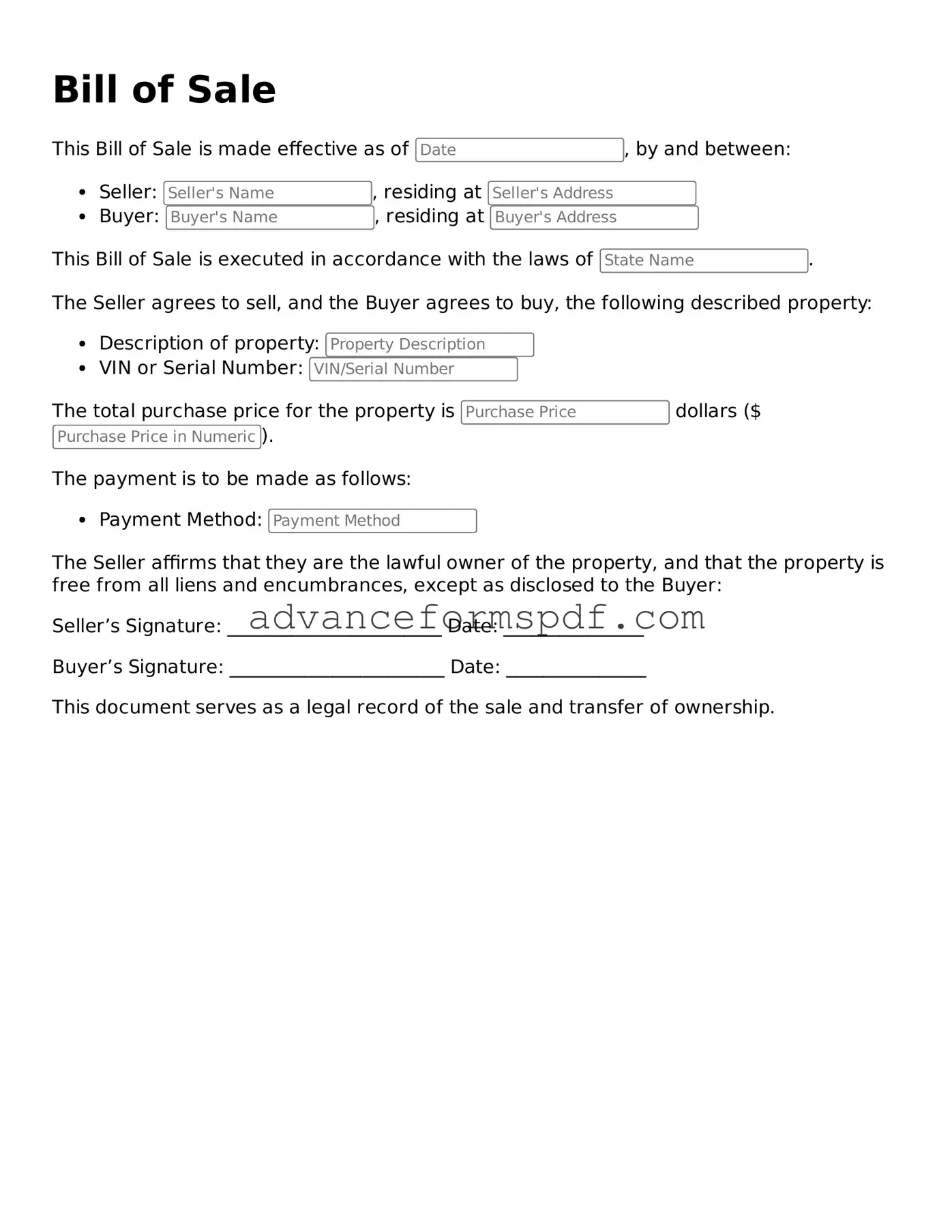Free Bill of Sale Document
A Bill of Sale is a legal document that serves as proof of the transfer of ownership of an item from one party to another. This form outlines the details of the transaction, including the description of the item, the sale price, and the date of the sale. It is essential for both buyers and sellers to have a clear record of the exchange to protect their rights and interests.
Access Form Online
